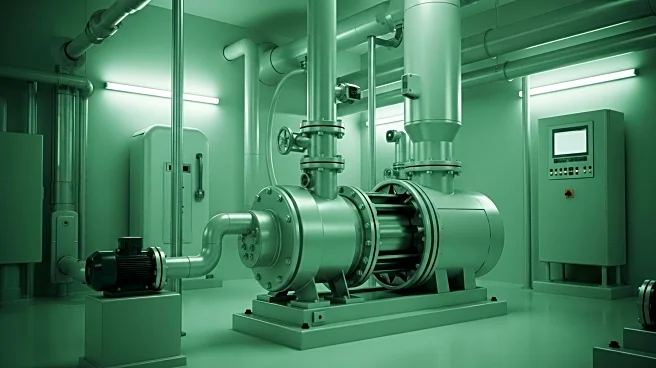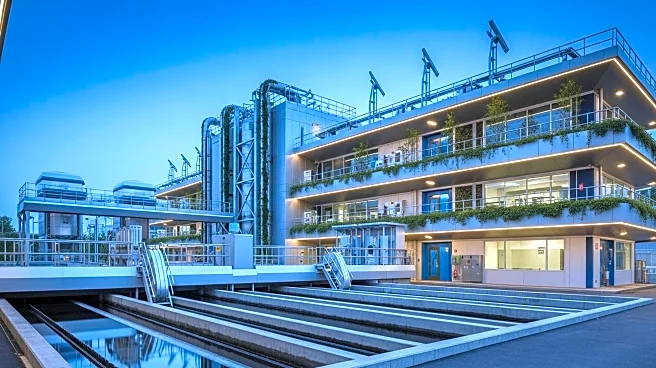What's Happening?
Water utilities are facing increasing pressure to modernize and improve infrastructure due to evolving regulations and funding challenges. A recent federal mandate requires the inventory and replacement of all lead and galvanized service lines within 10 years, placing strain on utilities to secure funding and act proactively. Utilities are exploring various funding options, including state revolving funds, grants, and low-interest loans, to meet these demands. Additionally, incremental rate increases are being considered to prevent financial crises and ensure sustainable operations.
Why It's Important?
The modernization of water utilities is crucial for ensuring safe and reliable water services to communities. The regulatory changes and funding challenges highlight the need for strategic planning and investment in infrastructure. Utilities that fail to act promptly may face financial strain, leading to potential privatization or increased rates for consumers. The focus on funding and rate structures is essential for maintaining public trust and achieving compliance with new regulations.
What's Next?
Utilities will need to continue identifying funding sources and implementing rate structures that support infrastructure improvements. Engaging with communities and stakeholders will be vital to communicate the benefits of rate increases and secure public support. As regulations evolve, utilities must remain adaptable and proactive in their planning to avoid future financial challenges.
Beyond the Headlines
The shift towards modernized water utilities reflects broader trends in public infrastructure management. The emphasis on proactive funding and rate strategies can serve as a model for other sectors facing similar challenges. The integration of new technologies and data-driven approaches will be key to achieving long-term sustainability and resilience in water services.










